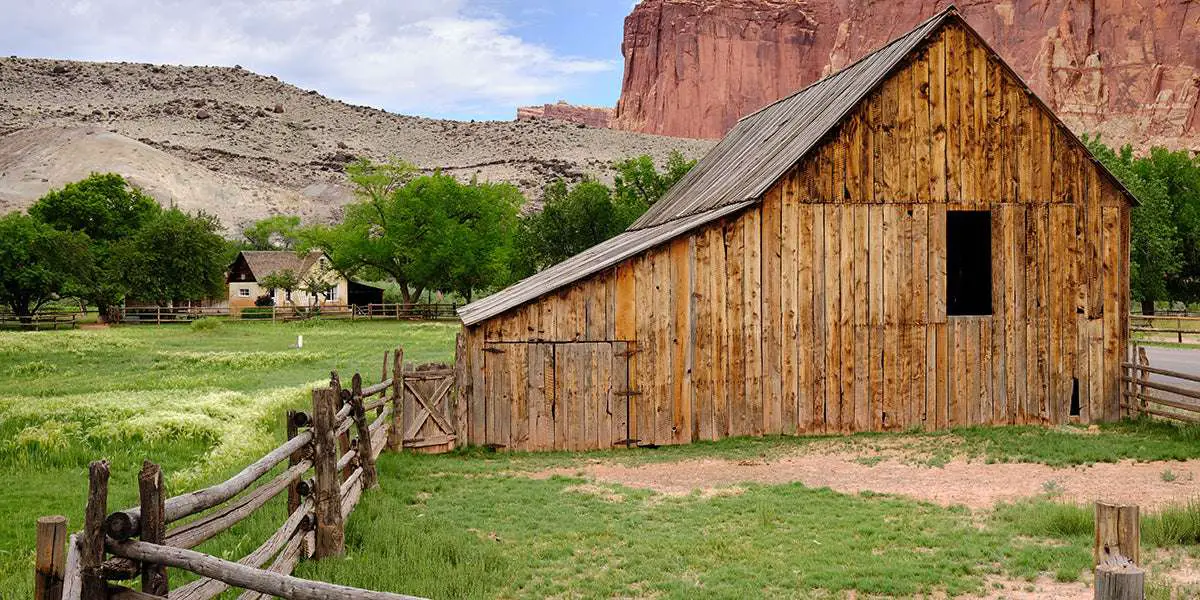Texas is a great state for off-grid living, thanks to its vast land, favorable climate, and a culture of independence and self-reliance. However, with its massive size and varying climates, choosing the right location for off-grid living in Texas becomes crucial. While the coast and northwest regions may not be ideal due to high costs and extreme climates, places like Red River, Sabine, Panola, Brewster, Dallas, Collin, and El Paso offer favorable conditions for those seeking a self-sufficient lifestyle. From mild climates and ample rainfall in Red River County to a thriving off-grid community in Sabine County, Texas provides a range of options. The state’s low costs of living and cheap property prices further attract many people to embrace off-grid living, while the lack of zoning restrictions or building codes against it enables freedom and flexibility in rural and unincorporated areas. With its mix of affordability, available land, and a strong sense of independence, Texas proves to be an enticing destination for those seeking off-grid living and the pursuit of sustainable practices.
Best Places for Off-Grid Living in Texas
When it comes to off-grid living, Texas is a great state with plenty of options, thanks to its massive size and varying climates. However, location selection is crucial to ensure the best possible experience. Luckily, there are several counties in East Texas that are particularly favorable for living off the grid. These include Red River County, Sabine County, Panola County, Brewster County, Dallas County, Collin County, and El Paso County. Let’s delve into why these counties make great choices for off-grid living.
Red River County
Red River County in East Texas boasts a mild climate and ample rainfall, making it an excellent option for off-grid living. The moderate weather allows for comfortable living year-round, while the consistent rainfall supports vegetation and sustains the local ecosystem. The beautiful landscapes and peaceful surroundings further enhance the off-grid living experience.
Sabine County
Located in the easternmost part of Texas, Sabine County offers a climate similar to that of neighboring Louisiana. This translates to a milder winter and longer growing season, making it ideal for off-grid living and sustainable agricultural practices. Additionally, Sabine County has a thriving off-grid community, providing opportunities for social interactions and collaborations with like-minded individuals.
Panola County
Panola County is yet another excellent choice for off-grid living in Texas. It boasts a favorable climate for growing crops and low housing and living costs. These factors make it easier for individuals or families looking to live off the grid to sustain themselves through independent farming and other sustainable practices. The affordability of land in Panola County is an added advantage for those considering purchasing property for their off-grid lifestyle.
Brewster County
While Brewster County may have an arid climate, it still presents attractive aspects for off-grid living. The county offers cheap land prices, which can be an enticing factor for prospective off-gridders. With careful water management techniques and possibly utilizing alternative farming methods such as hydroponics or aquaponics, it is still feasible to thrive in Brewster County despite the aridity.
Dallas County
While Dallas County may not be the first place that comes to mind for off-grid living, it does offer opportunities for those with enough financial resources. Despite its high population density and urban setting, there are still pockets within Dallas County where individuals or families can create self-sufficient, off-grid lifestyles. However, it’s essential to note that living costs may be higher compared to more rural or less densely populated areas.
Collin County
Collin County, located just north of Dallas, is another viable option for off-grid living. While it does have a higher population density and cost of living compared to some other counties, there are areas within Collin County that provide suitable conditions for off-grid living. Prospective off-gridders should carefully consider their resources and priorities before settling in this region.
El Paso County
El Paso County, situated in the westernmost part of Texas, offers a semi-arid climate and a relatively high population density. However, the cost of living and land prices in this county are lower than the state average. These factors can make off-grid living more affordable and accessible for those looking to embrace a self-sufficient lifestyle without breaking the bank.
Coast and Northwest Regions
While the coast and northwest regions of Texas have their own unique appeal, they may not be the best choices for off-grid living due to a combination of high costs and extreme climates. The coastal areas are notorious for hurricanes and high property prices, while the northwest regions often experience harsh weather conditions. It’s crucial to consider these factors and weigh them against your off-grid living goals before considering these areas.
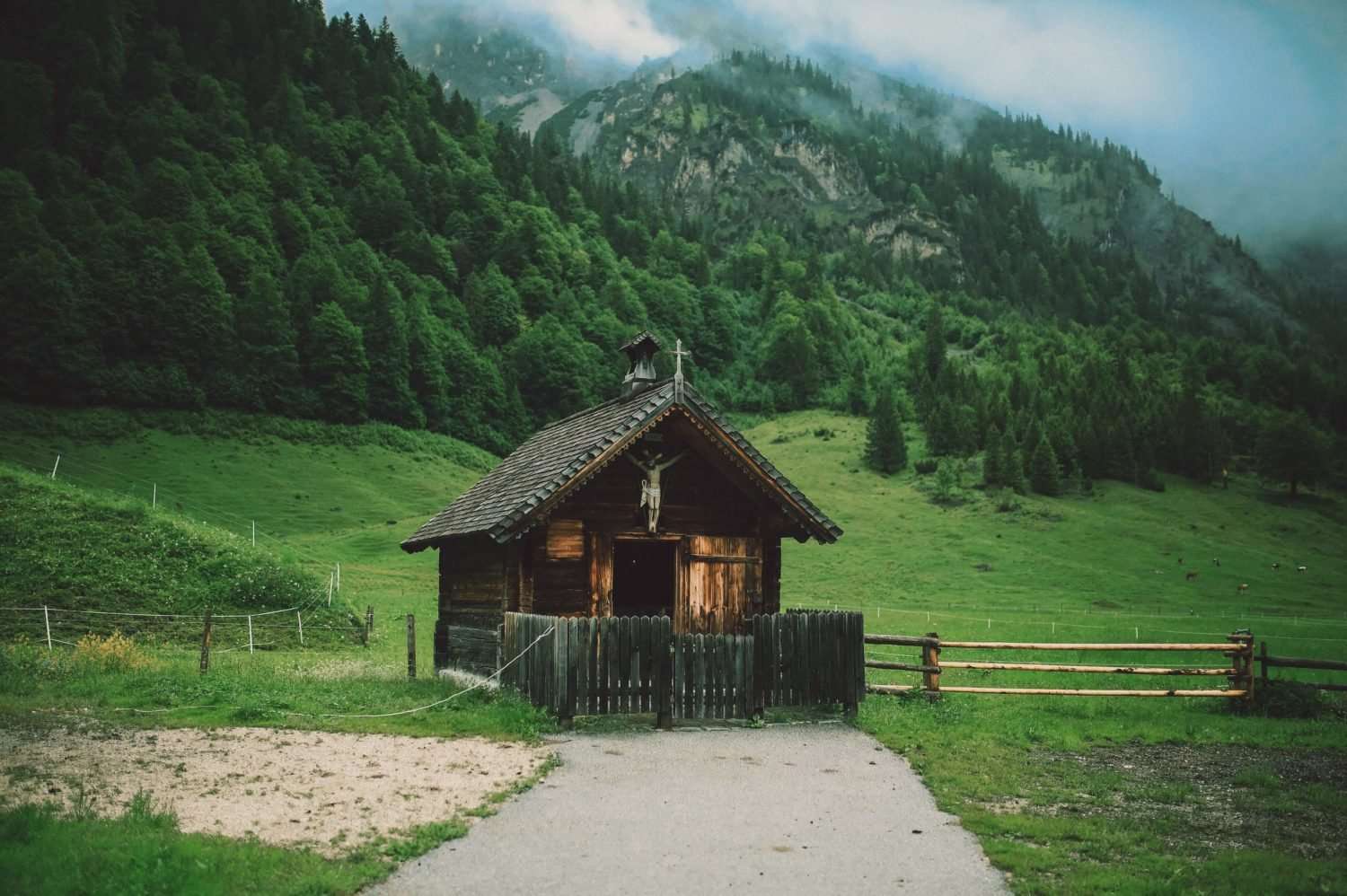
Benefits of Off-Grid Living in Texas
Now that we’ve explored some of the best places for off-grid living in Texas, let’s delve into the benefits that make this lifestyle choice so appealing. Texas offers several advantages that attract people from all walks of life to embrace off-grid living.
Low Costs of Living
One of the primary reasons individuals choose off-grid living in Texas is the low costs of living. Compared to many other states, Texas boasts relatively affordable prices for essential goods and services. Lower utility bills, reduced property taxes, and minimized reliance on mainstream systems all contribute to a lower cost of living, allowing off-gridders to stretch their budget further and potentially invest in self-sustainable practices.
Cheap Property Prices
In addition to low costs of living, Texas also boasts cheap property prices, particularly in rural areas. This enables individuals and families to acquire land at more affordable rates compared to other regions. Whether you’re looking for a small homestead or a larger acreage to create a self-sufficient oasis, Texas offers plenty of options to suit various budgets and needs.
Vast Land Availability
Texas is known for its wide-open spaces and vast stretches of land. This abundant availability of land is a dream for off-grid enthusiasts looking to establish their sustainable haven. Whether you’re interested in creating a vegetable garden, raising livestock, or simply enjoying solitude surrounded by nature, Texas provides the space necessary to pursue those aspirations.
Favorable Climate
Texas is known for its diverse climate, offering something for everyone. From the mild climate in East Texas to the desert-like conditions in the western regions, there are options to suit various preferences and off-grid living requirements. Depending on your objectives, you can choose a location that aligns with your desired climate, whether for farming, solar energy generation, or overall livability.
Culture of Independence and Self-Reliance
Texans have a long-standing culture of independence and self-reliance, making it an ideal place for those looking to embrace off-grid living. The Lone Star State has a history of encouraging personal freedom and individualism, allowing off-gridders to pursue their sustainable lifestyles without undue interference. This cultural aspect creates a supportive environment for those seeking independence and a sense of self-reliance.
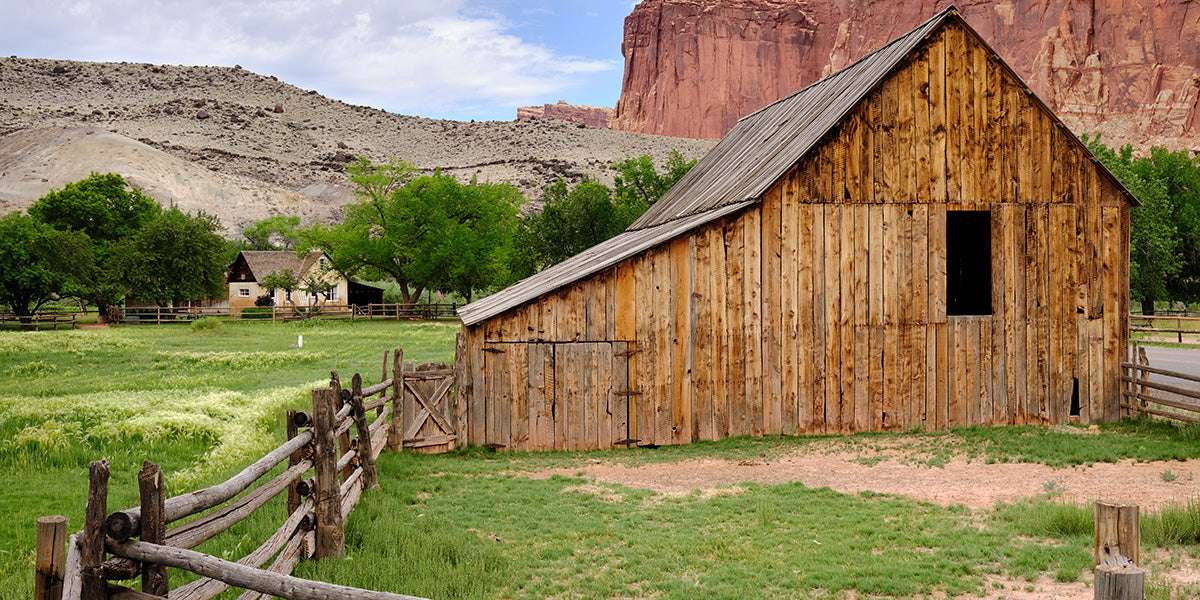
Climate Considerations for Off-Grid Living in Texas
Understanding the climate is crucial when choosing the right location for off-grid living in Texas. The state’s vast size and varying weather patterns offer a range of options to suit different preferences and sustainable practices. Let’s explore the climate considerations for some of the counties mentioned earlier.
Mild Climate and Ample Rainfall in Red River County
Red River County benefits from a mild climate and ample rainfall, making it an attractive choice for off-grid living. The moderate temperatures throughout the year ensure comfortable living conditions, while the consistent rainfall supports vegetation and agriculture. These favorable climate conditions create an environment that is conducive to growing crops, fostering self-sufficiency, and thriving off the land.
Similar Climate to Louisiana in Sabine County
Situated in East Texas, Sabine County experiences a climate similar to that of neighboring Louisiana. This means milder winters and longer growing seasons, which are favorable conditions for off-grid living and sustainable agriculture. The longer growing season allows for a more extensive range of crops to be cultivated, supporting self-sufficiency and food production.
Favorable Climate for Growing Crops in Panola County
Panola County presents a favorable climate for off-grid enthusiasts with a passion for farming and growing crops. The county offers optimal conditions for agriculture, allowing individuals to cultivate a wide variety of crops to sustain themselves. The low housing and living costs in Panola County further enhance the feasibility and affordability of off-grid living for those interested in pursuing sustainable farming practices.
Arid Climate in Brewster County
Brewster County, located in the western part of Texas, features an arid climate, which may not be ideal for traditional agriculture. However, individuals looking to embrace off-grid living in Brewster County can utilize alternative farming methods such as hydroponics, permaculture, or aquaponics, which can minimize water usage and maximize productivity. With careful planning and innovative farming techniques, thriving in Brewster County’s arid climate is still possible.
Population Density in Dallas County
While Dallas County might not be the typical choice for off-grid living due to its high population density, there are still possibilities for those with sufficient financial resources. Despite the urban landscape, you can find areas within Dallas County where off-grid living is feasible, as long as you have the means to support such a lifestyle. However, it’s important to consider the higher living costs and potential challenges that come with living in a densely populated area.
Population Density and Cost of Living in Collin County
Collin County, situated just north of Dallas, offers options for off-grid living in certain areas, although it typically has a higher population density and cost of living compared to other counties. It’s crucial to carefully evaluate your budget, resources, and priorities before considering off-grid living in this county. However, with careful planning and preparation, it is possible to find suitable locations within Collin County that align with your off-grid lifestyle goals.
Semi-Arid Climate and Lower Living Costs in El Paso County
El Paso County lies in the westernmost part of Texas and features a semi-arid climate. While the water availability may pose challenges for certain types of sustainable farming practices, other off-grid pursuits such as solar energy generation can thrive in El Paso County. Additionally, the cost of living and land prices in this county tend to be lower than the state average, making it an attractive option for individuals seeking affordability combined with a sense of self-sufficiency.
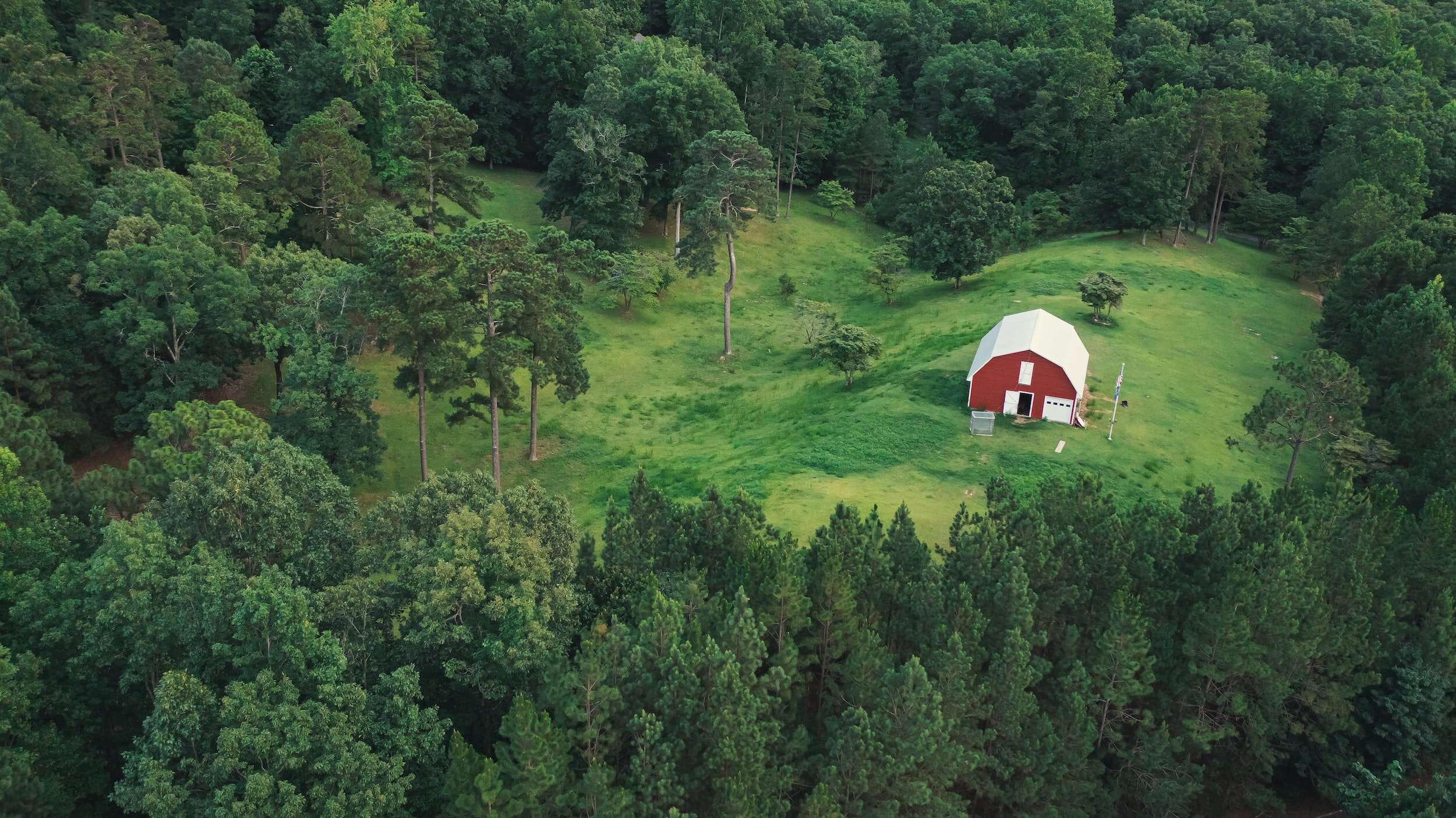
Legal Aspects of Off-Grid Living in Texas
Legal aspects play a crucial role in determining the feasibility and permissibility of off-grid living in any state. Fortunately, Texas offers a favorable legal environment for those looking to live off the grid.
No Zoning Restrictions or Building Codes Against Off-Grid Living
Texas does not have statewide zoning restrictions or building codes against off-grid living. This means that individuals can embrace off-grid lifestyles in rural and unincorporated areas without unnecessary legal barriers. While it’s important to research and comply with any specific local regulations, Texas is generally an accommodating state for off-grid enthusiasts.
Possibility of Free or Affordable Land Opportunities in Rural Areas
While cities in Texas typically do not offer free land, individuals considering off-grid living may find unique opportunities in rural areas. Some rural communities or landowners may provide free or affordable land to those willing to commit to self-sufficient practices and contribute to the local community. These opportunities may require research, networking, and establishing meaningful connections with like-minded individuals or organizations.

Popular Regions for Homesteading in Texas
Homesteading, or creating a self-sufficient and sustainable lifestyle, is a popular pursuit among off-grid enthusiasts. Texas offers several regions that are particularly attractive for homesteading due to their unique characteristics.
Hill Country
The Hill Country region in Texas is a popular destination for homesteading due to its picturesque landscapes, favorable climate, and diverse vegetation. Its rolling hills, natural springs, and abundant resources provide opportunities for sustainable practices such as gardening, raising livestock, and harnessing renewable energy sources. The Hill Country offers a balance between rural seclusion and proximity to amenities, making it an appealing choice for those seeking a self-sufficient lifestyle.
Central Texas
Central Texas, encompassing areas such as Austin and San Antonio, has seen a surge in interest from individuals interested in off-grid living and sustainable practices. While these cities might not offer the same level of seclusion as more remote regions, Central Texas presents numerous opportunities to incorporate sustainable practices into urban or suburban environments. From rooftop gardens and rainwater harvesting to community-supported agriculture initiatives, Central Texas provides a supportive infrastructure for off-grid enthusiasts.
Panhandle
The Texas Panhandle is a region known for its wide-open spaces and broad views, making it an attractive choice for individuals seeking a more secluded off-grid lifestyle. With the availability of affordable land, ample sunlight, and a favorable climate for wind power generation, the Panhandle presents opportunities for individuals interested in renewable energy systems and larger-scale off-grid operations. The strong sense of community among Panhandle residents further adds to the appeal of homesteading in this region.
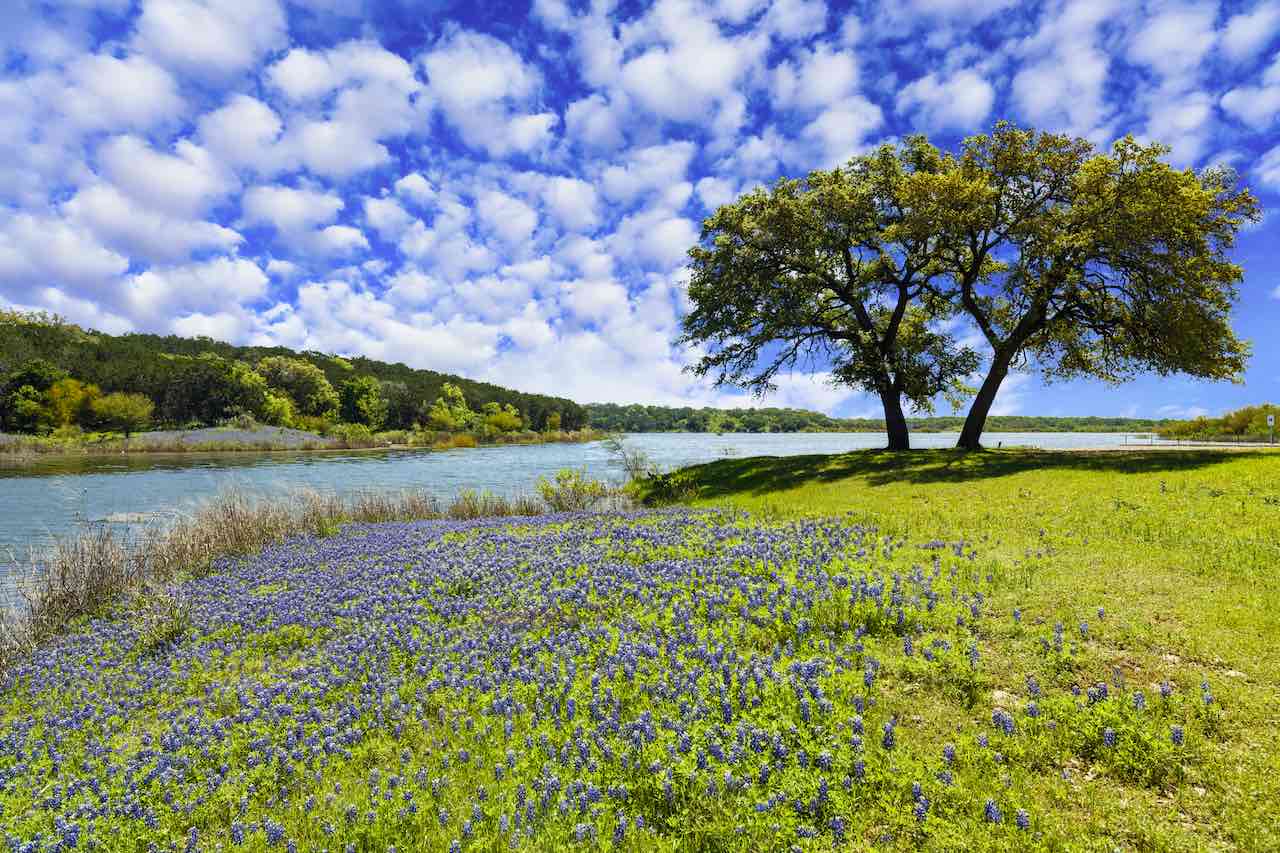
Pursuing Self-Sufficiency and Sustainable Practices in Texas
Off-grid living in Texas goes hand in hand with pursuing self-sufficiency and sustainable practices. The abundance of land, favorable climate conditions, and a culture that values independence and self-reliance all contribute to the opportunities available to those seeking a sustainable lifestyle. Let’s explore some of the ways individuals in Texas can pursue self-sufficiency and sustainable practices.
Independent Farming
Independent farming is a popular avenue for off-grid enthusiasts in Texas. With the vast land availability and favorable climate conditions across the state, individuals can cultivate crops, raise livestock, and create thriving homesteads focused on sustainable agriculture. Whether it’s growing vegetables, raising chickens for eggs, or running a small-scale dairy operation, Texas provides the space and means to pursue independent farming ventures.
Off-Grid Living on Privately-Owned Land
For individuals who own their land, off-grid living offers the opportunity to create a self-sufficient haven. By combining various sustainable practices such as installing solar panels, harvesting rainwater, using alternative construction methods, and practicing regenerative land management, Texans can live off the grid while minimizing their impact on the environment.
In conclusion, Texas offers a wealth of opportunities for off-grid living. From the favorable climates and low costs of living to the abundant land and supportive legal environment, it’s no wonder that many people choose this state to pursue self-sufficiency and sustainable practices. Whether you’re interested in living off the land in East Texas, embracing the challenges of an arid climate in the west, or finding a balance between urban and rural living, Texas has something to offer for every off-grid enthusiast.

